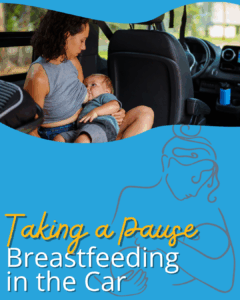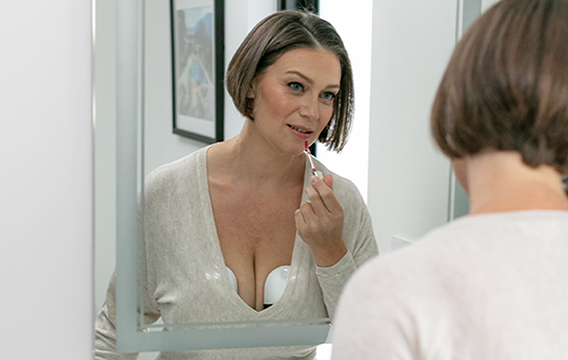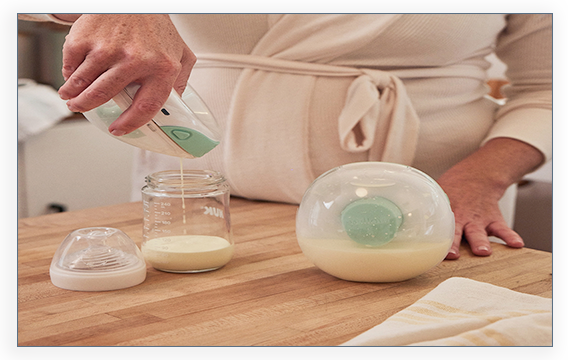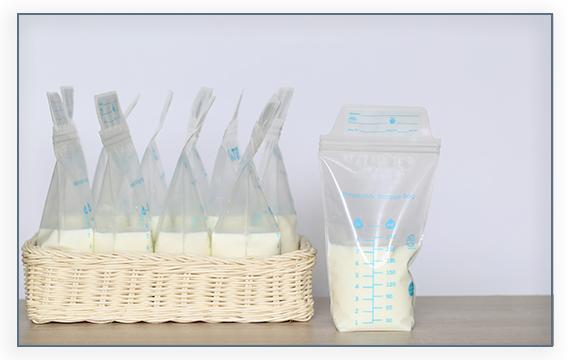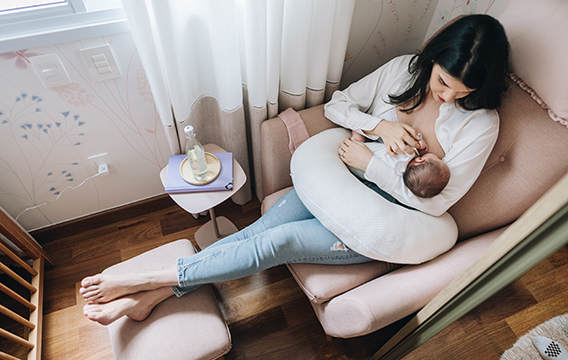Breastfeeding While Traveling
Breastfeeding while traveling can be a bit of a juggling act—but with the right prep, it’s totally doable. Whether you’re off on vacation, a work trip, or visiting family, staying on track with nursing or pumping just takes a little planning.
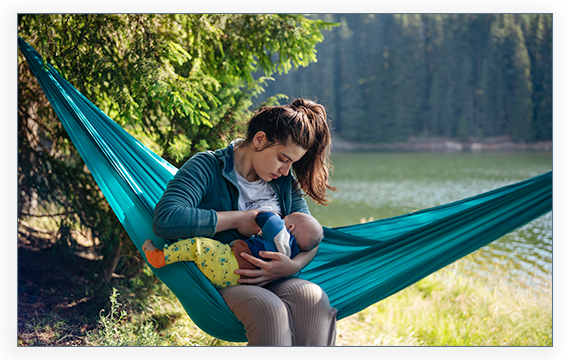
 The Essentials: What to Pack
The Essentials: What to Pack
1. Nursing Top or Cover: A cover can help you feel more comfortable and confident feeding in public.
2. Portable Pump: If you travel often, a pump that doesn’t need an outlet makes traveling a whole lot easier.
3. Power Adapters: When traveling internationally, check the outlets and bring the right adaptor for your breast pump.
4. Bottles, Storage Bags, and Portable Cooler: A portable cooler, frozen ice packs, and freezer milk bags will keep your milk safely stored.
 Plane Prep: Breastfeeding in Flight
Plane Prep: Breastfeeding in Flight
1. No Rush Required: Give yourself extra time before your flight in case your baby needs to feed.
2. Find Your Spot: Check online or call ahead to see if your airport has a lactation pod.
3. Your Quiet Corner: Having a window seat gives you extra privacy, especially when traveling with family.
4. Prep and Protect: Wash your hands often and carry plenty of sanitizer or wipes. Don’t forget to clean high-touch surfaces in public to protect your baby.
Taking a Pause: Breastfeeding in the Car
1. Map It Out: Scope out your route ahead of time to find clean and safe places to stop. Use sites like Tripadvisor and Yelp.
2. Express and Feed: If someone else is driving, sit in the back to pump and bottle-feed.
3. Understand Your Protections: Anywhere in the U.S., it’s legal to breastfeed in public. If you’re comfortable, no one can legally ask you to stop or move.
4. Hydration is Key: You’ll be stopping anyway, so go ahead and drink plenty of water. Staying hydrated supports both you and your milk supply.
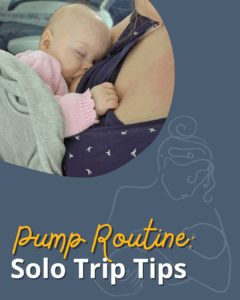 Pump Routine: Solo Trip Tips
Pump Routine: Solo Trip Tips
1. Prep Smart: Make sure to plan how many bottles of breastmilk your baby will need while you’re away.
2. Sanitize on the Move: Be sure to pack the necessary cleaning supplies for your pump to prevent any bacterial buildup.
3. Consistency is Key: Pumping at the times your baby typically feeds helps support a steady milk supply and prevents discomfort.
4. Just Ask: Front desk or service staff can often direct you to a safe, private place to pump so don’t be afraid to ask.
Interested in a breast pump through insurance?
APPLY TODAY!Breastfeeding while traveling can feel overwhelming, but with a little planning and flexibility, it’s absolutely doable. Whether you’re on the road or in the air, these tips can help you stay comfortable, confident, and connected to your baby, no matter where the journey takes you.
Make travel easier—apply for your breast pump through EHCS today and get the support you need wherever you go.
Sources: “Travel Recommendations for Nursing Families.” Centers for Disease Control and Prevention, Centers for Disease Control and Prevention, 21 Oct. 2024.
Tags: Baby, Breastfeeding, Feeding, Mom, Pumping, Support, Tips, Traveling


